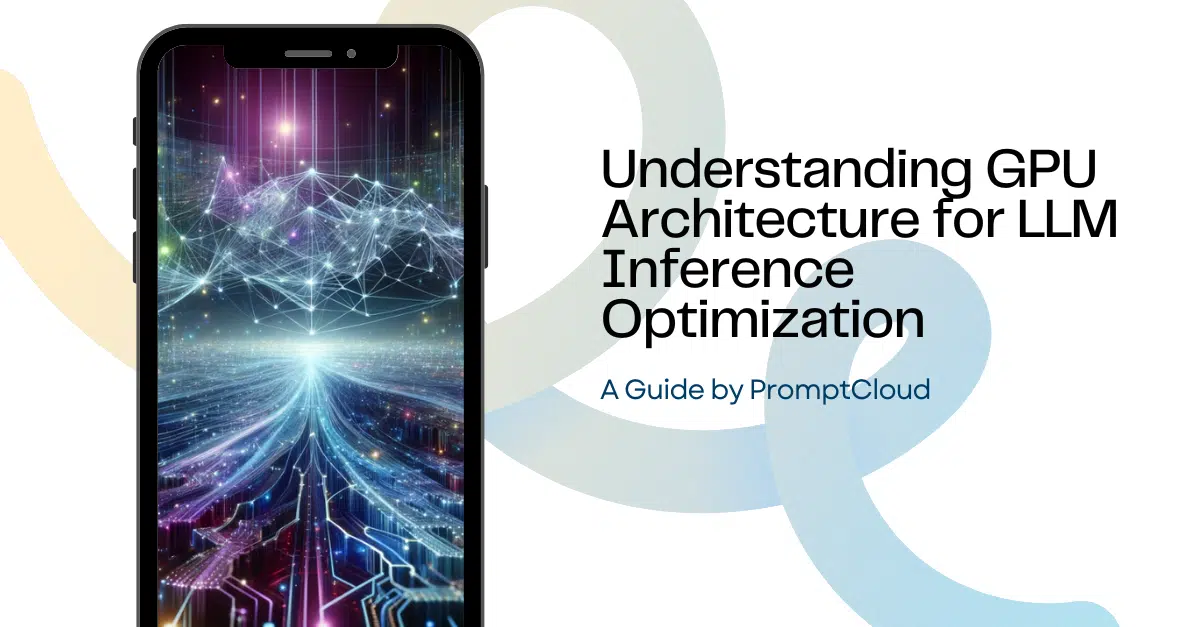In India, a host of factors are shaping the pricing strategy for players in the telecom sector. Be it the entrance of Reliance Jio, the free-falling tariff rates, the tariff wars that came for a resolution to TRAI, or the ultra-hot issue of call drops, 2017 saw a lot of action on the telecommunications sector front. This was underlined by the 9,27,000 crore investment made by telecom service providers (TSPs) in 2016. Additionally, the increased customer demand saw a lot of shifts in the way the industry is operating. And price remains at the core of this dynamic activity.
Why is pricing important?
Pricing is a key factor that determines the viability of the entire operations and reputation of a telecom company. While over-pricing can drive away users to competitors, under-pricing can add a lot of doubt about the service level quality and credibility of the telecommunications services. Hence, it will be safe to say that the pricing strategy could boost or ruin a company’s credibility. While overpriced tariffs will drive very slow market penetration, under-pricing can make the entire business model unsustainable.
This is the reason why pricing needs to be carefully determined.
What are the different pricing methodologies?
1. Cost Plus Pricing
If you are operating in a relatively simple economy, this pricing will make sense. In this, you evaluate the cost of a product. Then you add a margin to it and price it for the customer to use or subscribe to. For products involved in a substantial number of direct costs, this looks like a good method. However, for a heterogeneous and diverse market like India, cost plus pricing will rarely work out. Moreover, this pricing strategy doesn’t take the customer or the competition into consideration at all. While cost is crucial to determine the final price of the product or service, it should not be the first point of decision making.
2. Competitive pricing
The price war initiated in the Indian telecom sector by Jio is a classic example of competitive pricing. Here, the company’s pricing is largely dependent on what the competition is offering. This lets them determine whether to increase or reduce their prices. The key factor here is that if the competitor succeeds in keeping the price perpetually low, then the risk of customer churn increases dramatically.
If your brand value proposition is substantially different from your rivals (in terms of coverage, brand image, bandwidth or customer service) then this factor doesn’t hold much credence. However, the fact is that in a competitive environment, most of the competitors provide the same (more or less) servicing quality. Hence, pricing holds a lot of interest to the telecom companies’ future.
While new entrants like Jio may trigger a price war in a mature telecom market, the trend is overall unhealthy. It not only destroys the value of a brand in front of a customer, but also shaves off considerable business margins, which might end up being an unsustainable proposition for many smaller players.
3. Value based pricing
Unlike competitor based pricing, the customer is at the core for this particular pricing strategy. By listening to customer demands, you can enhance the value proposition of your brand and promote it as a significant differentiator in your service level quality. Airtel’s two moves in recent times (clubbing together all family members’ bills into one single household plan, and adding last month’s unused data to current month) is a classic indicator of value based pricing. For this, a careful consideration has to be done for what the customer actually wants. Otherwise, the rolled out measure will not align to customer expectation and the ROI from this type of strategy will be poor.
To accomplish this goal (of knowing what the customer wants) you can carry out market research, one on one interactions, or by a deep analysis of customer data (what was the churn rate, what was the subscription rate, what was the renewal percentage). This insight will help you segregate customers into similar groups and then roll out customer specific plans as per their behavioral data or preferences.
4. Lifetime value (LTV) based pricing
Optimizing price across the different milestones of customer journey is a smart move as it not only presents a win-win perceived pricing for the customer, but also helps the company to suggest customized plans at a later stage to optimize the cost of operations. There are 3 key stages to the customer LTV –
a. Acquisition Stage
Here the customer may get value from reduced tariffs and introductory offers. This helps improve the telecom customer loyalty and avoid churn at a sensitive time of customer on-boarding.
b. Development Stage
Here, the relationship between the telecom brand and customer progresses to the next level. Up-sells and cross-sells are frequent here. As a result, this stage holds immense gains for both the service provider business as well as the customer. Here, the brand can offer personalized plans as per the customer behavioral data – so if he makes a lot of international calls or consumes data, the brand can supply special add-on packs for the same.
c. Retention Stage
At this mature stage of the relationship, the loyalty of the customer may be incentivized with various rewards programs, customized tariff plans. If the probability of churn is high due to new entrant’s aggressive pricing strategies or due to service quality issues, then loyalty can be extended by offering a special discount or by running a promotional campaign as per the user behavior.
How does web scraping help?
It is evident that pricing the telecom services right is the key to procuring more customers and maintaining a healthy business margin. However for this, there should be sufficient insights available with the company’s decision making team about various aspects – What is the sentiment in the telecom industry, are there any big ticket announcement that can lead to disruptive effects (such as demonetization, GST, or the launch of Jio services last year which continues to have long-term effects on the Indian telecom industry), government policy changes, TRAI regulations, or what is the pricing followed by competitors.
Getting this information from diverse structured and unstructured sources is not easy – unless you consider leveraging the benefits of web scraping for obtaining this information. With web scraping, the entire process of traversing through the Web at a deeper level and extracting only the relevant information, becomes simplified and immensely valuable.
1. Allows you to price your services right
If all service providers are having their tariffs at a particular level, it makes total sense to price your service too at that level. As technology keeps improving, telecom related innovations keep happening and the customers’ demands too keep growing. As a result, pricing is the only differentiator that will allow you to retain the customer base in a highly price sensitive market. For this, you need to know the current tariff applicable and how you can optimize margins with these price points.
This can be accomplished by web scraping that lets you optimize your prices based on various factors like the rivals’ pricing strategies, their stock performance, new entrants’ pricing strategies, user specific pricing, and geography specific pricing models to be followed.
2. Better reaction possible
Rather than being blindsided, it is better to be prepared. And this is exactly what web scraping helps you do. You get rich information from industry trade journals, from the web, and from social media. These data from diverse sources help you formulate the right pricing strategy as per the on-going events within the telecom industry. So if you come to know of aggressive pricing strategies adopted by competition, you can see how you can add value to customers without bringing about a price change.
This was evident when Vodafone came up with the ‘Tower every hour’ philosophy, or Airtel allowed unused data to be added to next month plan. These steps were taken primarily to counter the increasingly aggressive pricing policies framed by Jio since its launch in September 2016.
3. Time sensitive offers and deals can be pushed through
With web scraping, you can understand what kind of offers and deals are being promoted by rivals. This will help you set the pricing right for individual components of the telecom services (So you can set SMS rates higher considering the general tendency of customers to send festival wishes through SMS). Imagine if one service provider doesn’t release the right offer for Diwali or New Year on time? Not only will their customer churn be high, but they will stand to lose these customers forever.
To conclude
These pricing strategies are the common tactics employed by the telecom industry. By using the right kind of data, getting insights at a deep level becomes easy and facilitates decision making. This challenge can be accomplished through web scraping for the telecom industry.
The question of which strategy to adopt will become clearer after going through this post. Do let us know in case of any queries on pricing for the telecom sector.




















